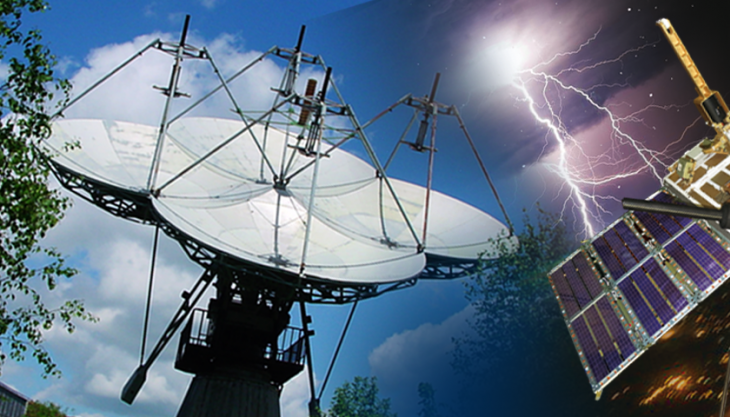Special Design Bureau of Space Instrument Engineering

Head of the department
Viktor A. DAVYDOV
Labs
- Sector of acquisition systems development. Head: Alexey A. NOVIKOV
- Physical and technical laboratory. Head: Mikhail V. ANOKHIN
- Sector of electronic devices and secondary power supplies designing. Head: Valery V. LETUNOVSKY
- Sector of sensors, analog electronics and secondary power supplies. Head: Boris T. KARIMOV
- Sector of precision electrical mechanics and optics. Head: Eduard I. ROZHAVSKY
Новости
Head of the department
Viktor A. DAVYDOV
Labs
- Sector of acquisition systems development. Head: Alexey A. NOVIKOV
- Physical and technical laboratory. Head: Mikhail V. ANOKHIN
- Sector of electronic devices and secondary power supplies designing. Head: Valery V. LETUNOVSKY
- Sector of sensors, analog electronics and secondary power supplies. Head: Boris T. KARIMOV
- Sector of precision electrical mechanics and optics. Head: Eduard I. ROZHAVSKY
Themes
Special Design Bureau, or SDB, activities are focused on the R&D in space engineering. Prototypes and flight onboard instruments and control equipment are designed, manufactured and tested at SKB; as well as new design and fabrication methods for onboard scientific hardware:
- automated control, data acquisition, and processing systems, including telemetry based on multiprocessor on-board computers;
- spectrometers for ionizing radiation;
- spectrometers and photometers and scanners for them;
- star and solar orientation systems, etc.;
- microsatellites for fundamental scientific research and education;
- automated electric drives, power supply systems;
- control and measuring systems for ground testing of in-flight devices, etc.
In general
The history of SDB began on 30 June 1978, the date of the decision by the Presidium of the Academy of Sciences of the USSR to establish a pilot production facility for instruments required for space research in the town of Tarusa, Kaluga Region.
The construction of the IKI pilot production facility started in 1980 and was listed as one of the top-100 high-priority projects under construction of the USSR military industrial complex.
The ETMS (short for ‘Integrated Telemetry System of Socialist Countries’) receiving antenna was the first to be commissioned. It began the work in 1978, receiving the data from the Intercosmos satellites.
In 1986 it was decided to set up the Special Design Bureau of Space Instrument Engineering of the Space Research Institute (SDB SIE IKI) on the base of Tarusa Production Department. It was envisaged that SDB would be an independent complex engineering division of the Institute, comprising design and development departments, pilot production, and testing facilities required to certify the produced instruments. The living premises for staff were established along with production buildings and the infrastructure was developed.
The SDB staff members developed, designed, and carried out a full set of ground testing of many units and instruments of scientific and service equipment for Phobos, Vega, Granat, Interball, Mars 96 missions, Mir orbital complex, and many others.
The multi-purpose microsatellite platform Chibis was developed and built here, as well as the first spacecraft on its base, that is the Chibis-M microsatellite for thunderstorm activity monitoring. The microsatellites Chibis-AI and Trabant will follow up the subject.
Many instruments built at SKB are currently working onboard Earth remote sensing satellites. These are precision scanning devices - BSKR-T two-coordinate line-by-frame unit, one-coordinate PKR-T frame scan drive for the Electro-L No.1-5 and Arctic-M No.1-2 spacecraft. A high-resolution PVR-T scanning device for the International Space Station and a one-coordinate low-resolution OPMR-T device for the Meteor spacecraft are being developed.
As of 2022, over 200 highly qualified specialists, physicists, electronic engineers, design engineers, and mechanical engineers work at SDB. The Bureau consists of Engineering Service, including developing departments, Pilot Production (including Testing and Repair Facility), Administration and Auxiliary departments.
